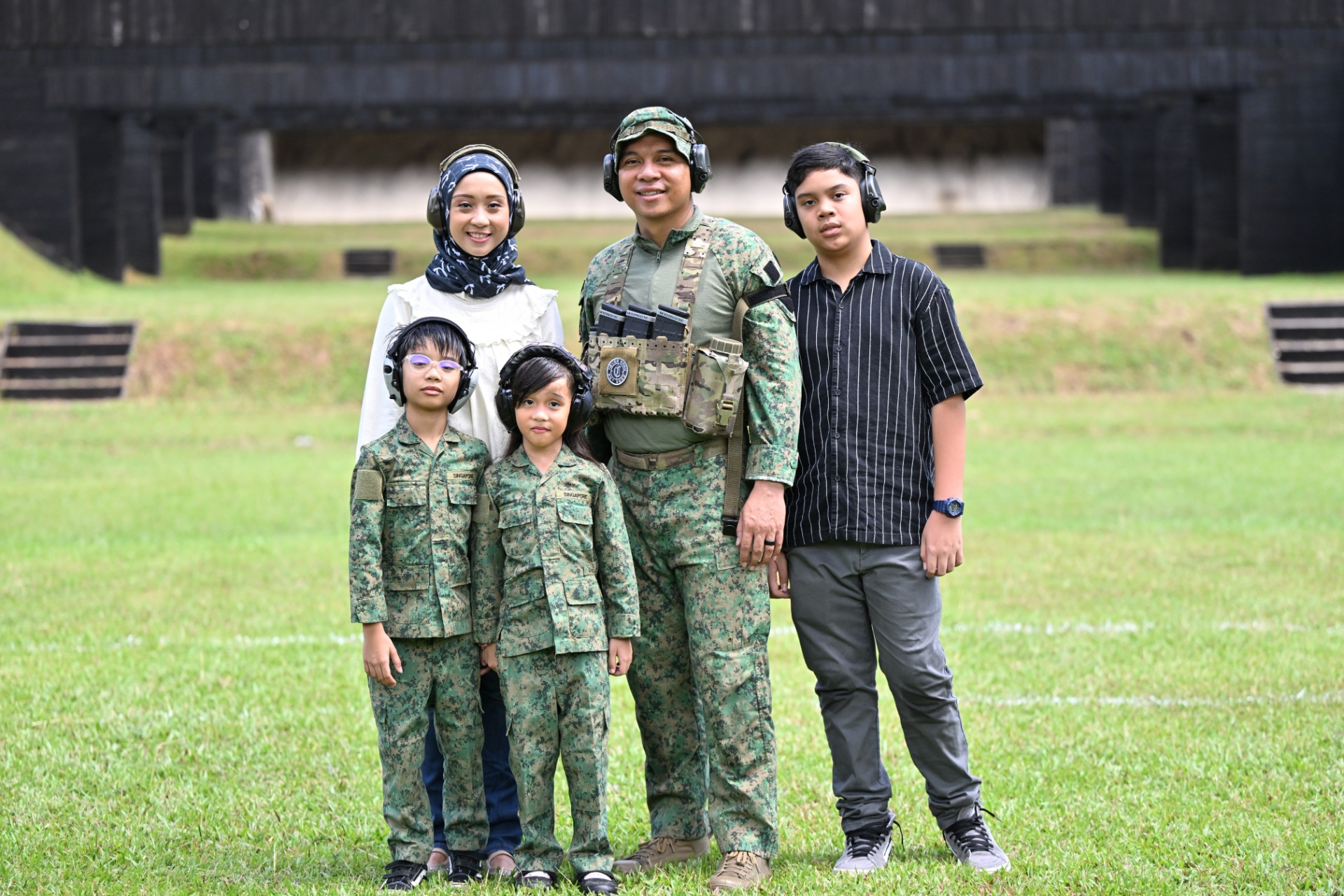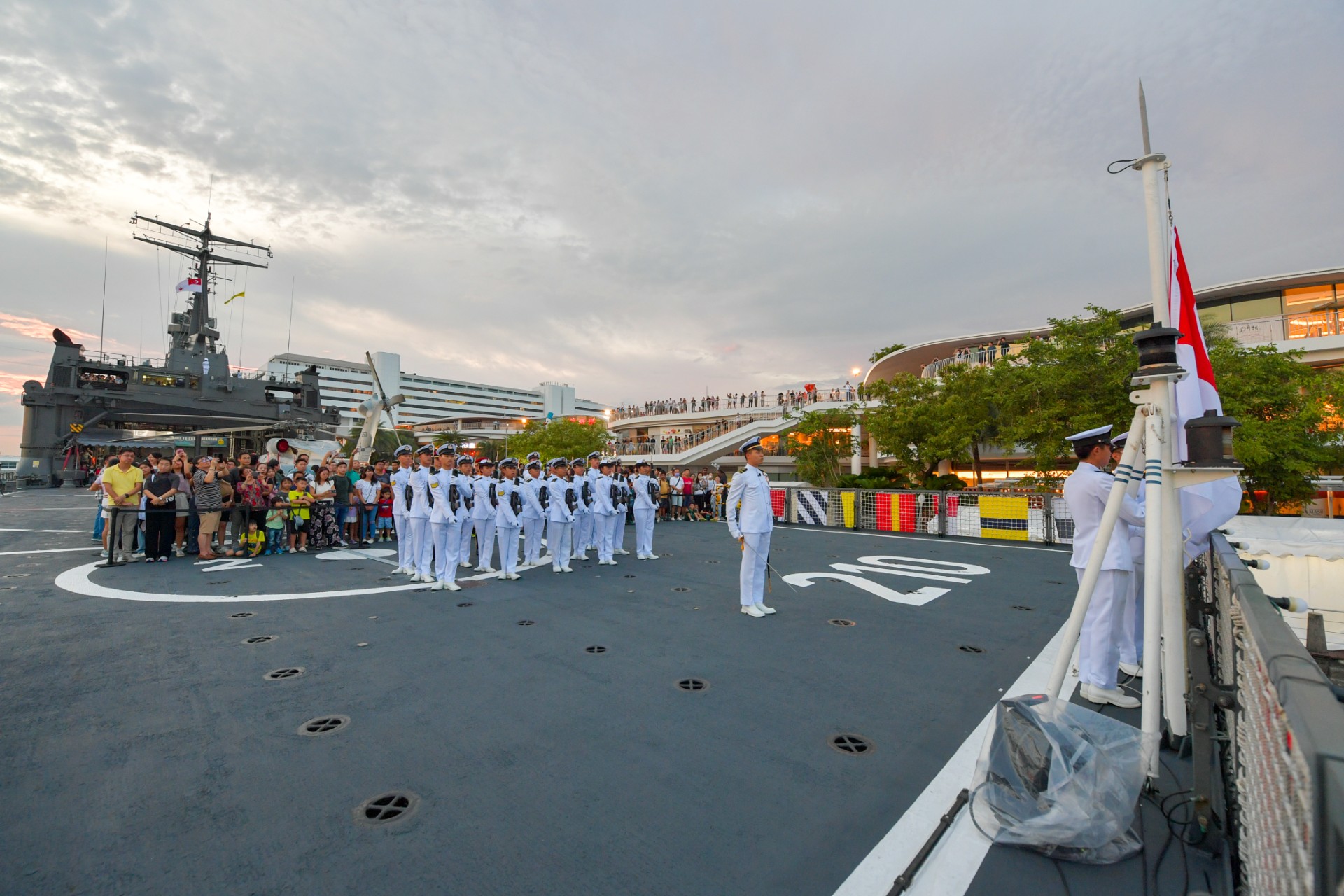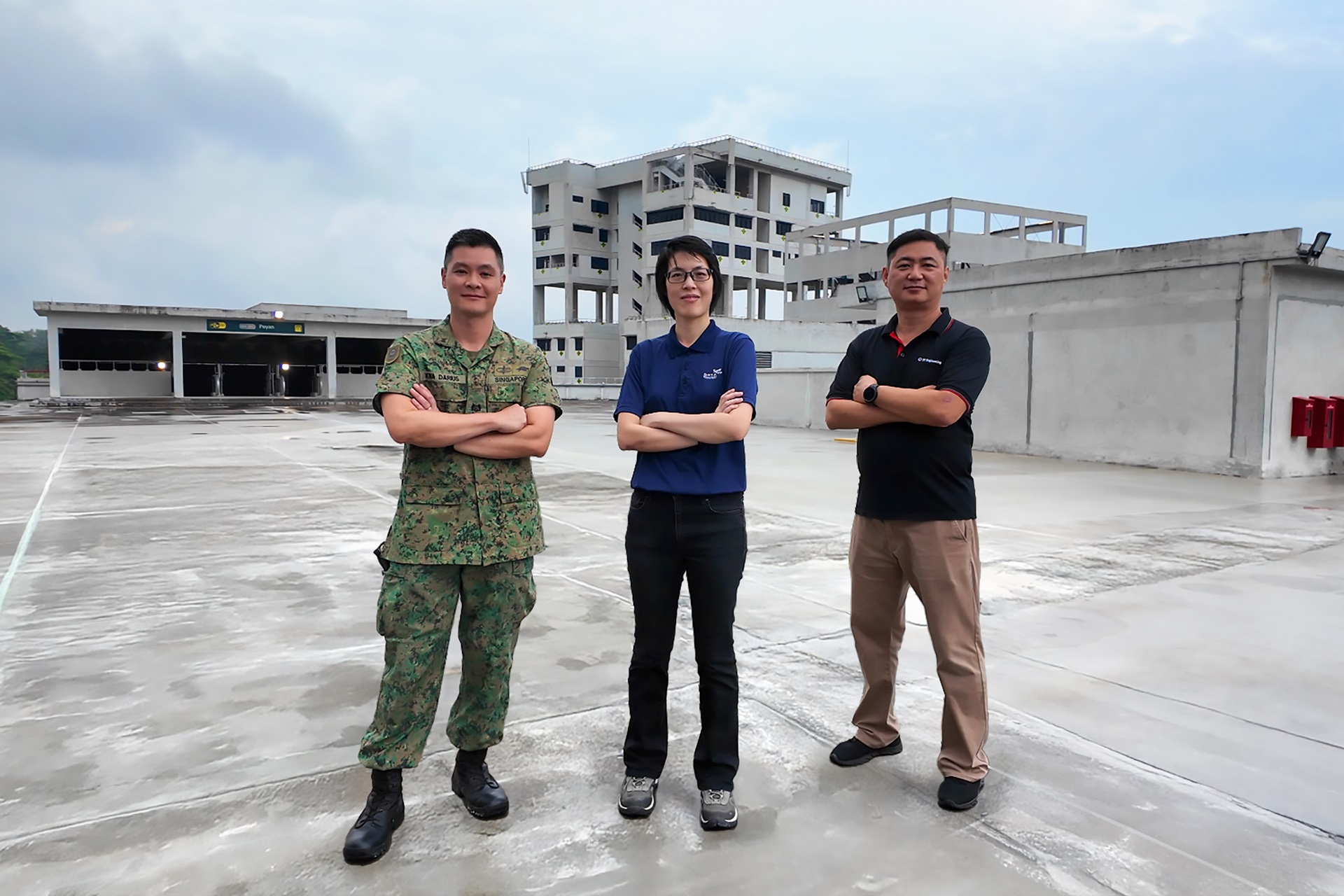FAST, LETHAL CRAFT FOR NEAR-SHORE COMBAT
PHOTO // Courtesy of Austal
The radical-looking Littoral Combat Ship (LCS) built by Austal entered the United States Navy's (USN's) service in late 2009 and is set to break new ground in terms of stability, speed and the array of missions it can be used for.
Designed to operate close to shore in support of land-based operations, the Independence-class LCS is a triple-hulled ship built by Austal. While security challenges have evolved to include terrorism, natural disasters and other situations, most of the world's naval platforms still focus on defeating conventional forces. In contrast, the LCS is designed to thwart obstacles such as underwater mines, cope with multiple attacks from smaller and swifter boats and detect near-silent diesel submarines.
"The LCS brings to our naval forces the speed, flexibility and capability we need to face the asymmetric threats of the future," said Rear-Admiral Charles Hamilton II, USN Programme Executive Officer for Ships.
Based on a successful commercial trimaran design, the Independence-class LCS looks like no other naval platform in existence today. With its all aluminium body and a sleek stern, the LCS is radical in both its design and the variety of missions it is intended for.
The power of three
Trimarans - triple-hulled vessels with a main hull connected to a rig on each side - have been prized by native Pacific Islanders for a long time because of their inherent stability even on rough seas. Translated onto the LCS, the triple-hull design lends the ship stability, speed and most importantly, the ability to traverse shallow waters.
The figures are impressive: fully loaded at its maximum displacement of 2,790 tons, the Independence-class LCS sits only 4.5m deep in the water - this is known as a ship s "draft". In comparison, USN frigates typically displace about 4,000 tons with a much deeper draft of nearly 7m.
With three hulls acting like a natural stabiliser, the LCS can provide full flight operations from its deck up to sea state five (where waves are between 2.5m and 4m high). Additionally, the LCS can launch and recover Rigid Hull Inflatable Boats (RHIBs) - fast boats that are 11m long - for rapid insertion of troops and supplies to shore or for investigation of threats ahead up to sea state four (where waves are between 1.25m and 2.5m high).
Sea state is used in oceanography to describe the wave and swell conditions on the surface of seas and is rated on a scale of 0 to 9.
Greased lightning at sea
The Independence-class LCS can attain speeds of up to 40 knots (74 kmh) or cruise at 18 knots for its maximum range of 3,500 nautical miles (6,482 km). For its size - the LCS is 127.1m long - both its speed and range are commendable. Most frigates in service with the USN - which are slightly longer than the LCS - have a top speed of only 29 knots.
In addition, the LCS is designed to be able to sustain dash speeds of up to 40 knots for 1,600 nautical miles. At these speeds, the LCS is fully capable of outrunning some submarines and even their torpedoes.
All this speed is not for nothing, as the LCS is part of the USN's expeditionary strike strategy to enter an area of interest and secure it before the slower main battle group arrives. In these operations, speed is a crucial factor for success. The speed of the LCS can also be used to intercept and cut off potential approach paths of submarines.
Multi-mission modularity
Although the Independence-classLCS will have attached core capabilities such as self-defence, command and control systems, its true war-fighting capabilities come from an innovative system of mission modules.
The LCS is built to accept custom modules for specific missions. These modules may incorporate unmanned aerial vehicles, advanced sensors and living space for dedicated crew and technical specialists. These modules, also referred to as mission packages, can be changed quickly to reconfigure the LCS for different tasks.
Currently, there are mission modules for various purposes such as anti-mine warfare, anti-ship operations, anti-surface warfare and counter-submarine operations. Most of the components of these modules fit into several standard size 20 ft (6.1m) containers and can be fitted onto the LCS as quickly as within a day.
In addition, the LCS' large 11,000 sq ft (1,022 sq m) flight deck can accommodate a CH-53 Sea Stallion heavy lift helicopter or two SH-60 Seahawk helicopters. "The flight deck is just a beast," said USN Chief of Naval Operations Admiral Gary Roughead on 31 Mar 2009, after a tour of the ship at Austal's Alabama, US shipyard.
"That ship continues to amaze me, with regard to the amount of space," he added. Thirty-four Humvees (the US Army's general purpose vehicle) are easily swallowed by the LCS, or it can also accommodate an entire battalion of US Marines for short-haul trips.
Following a keel-laying ceremony on 19 Jan 2006, the USS Independence was christened. It was launched in 2008 and fully commissioned into service the following year. The second trimaran ship - the USS Coronado - is expected to enter USN service in 2013.

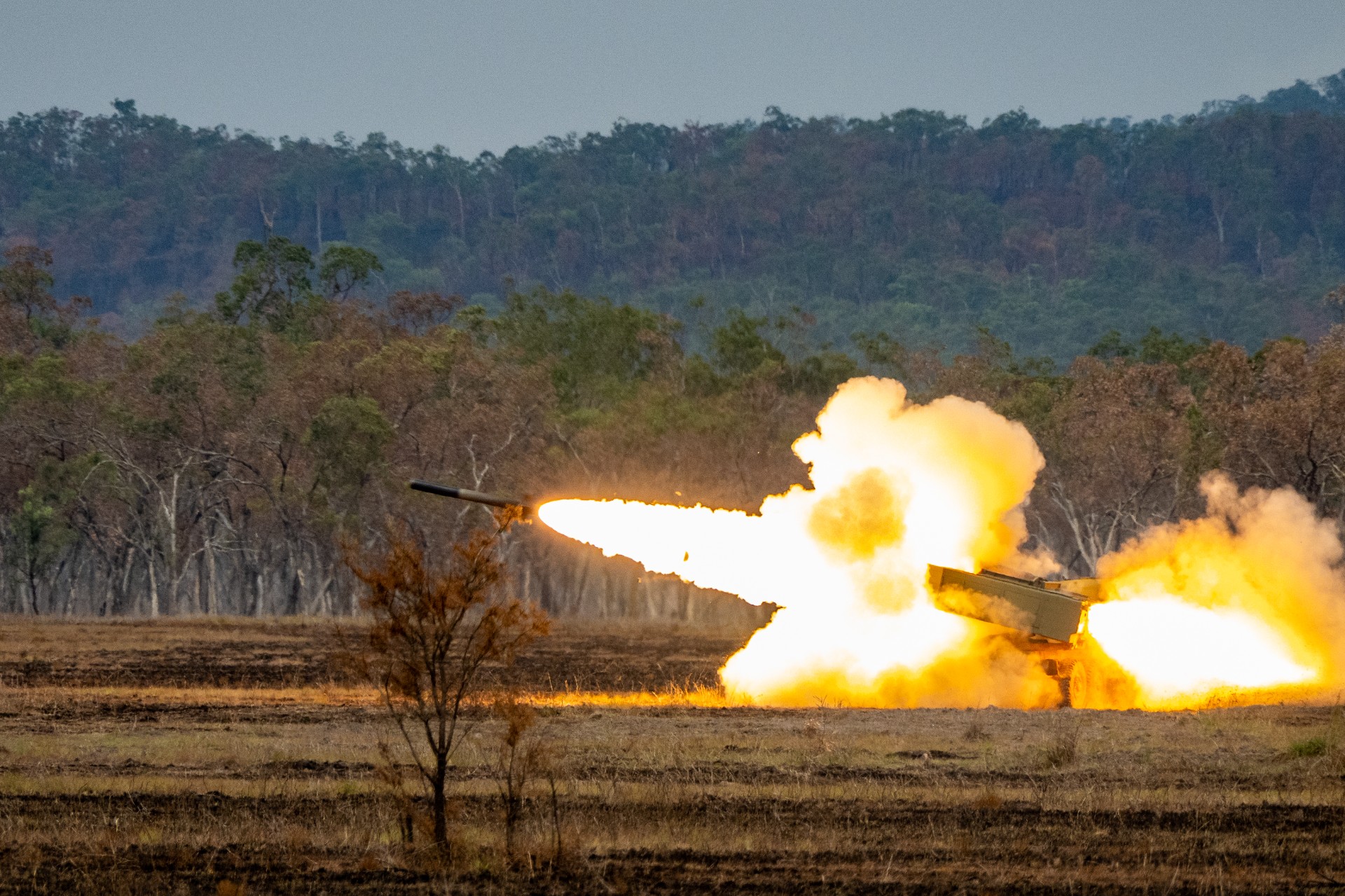
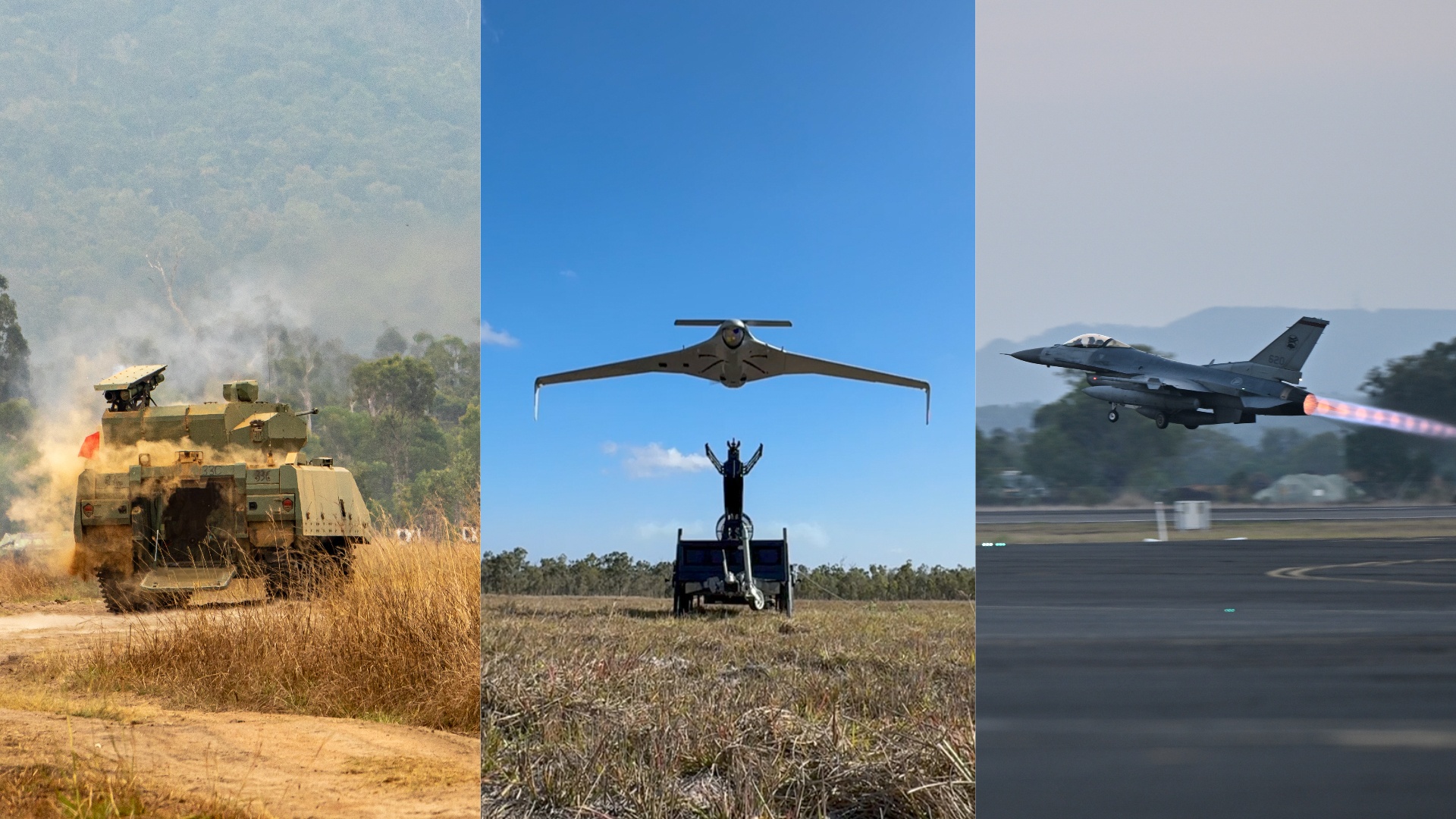

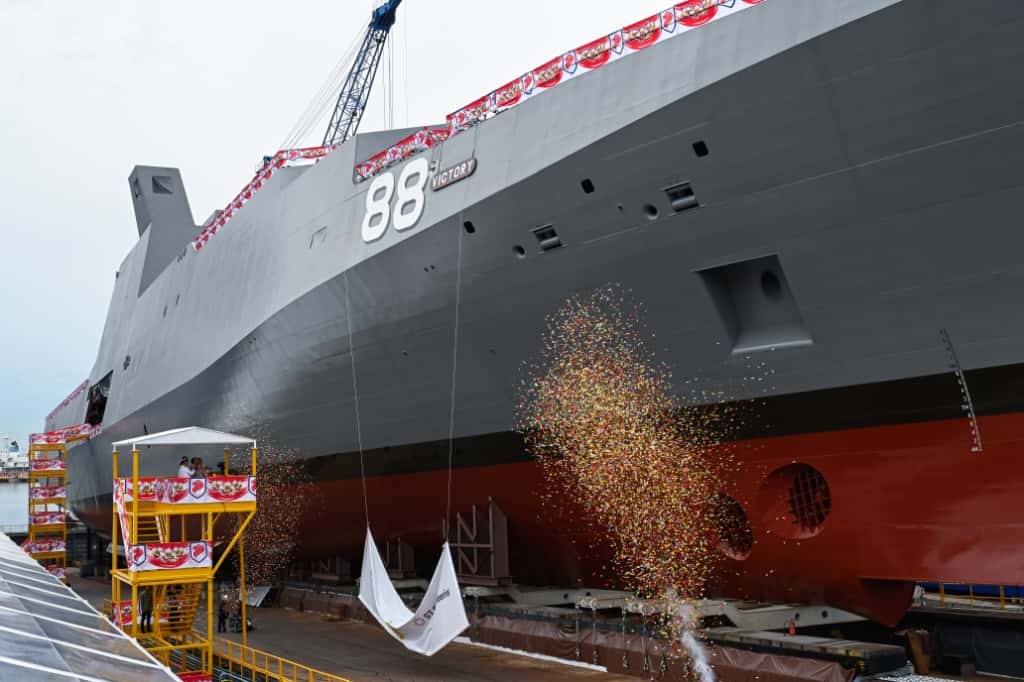
-dsc_2181.jpg?sfvrsn=cf8a503f_1)


